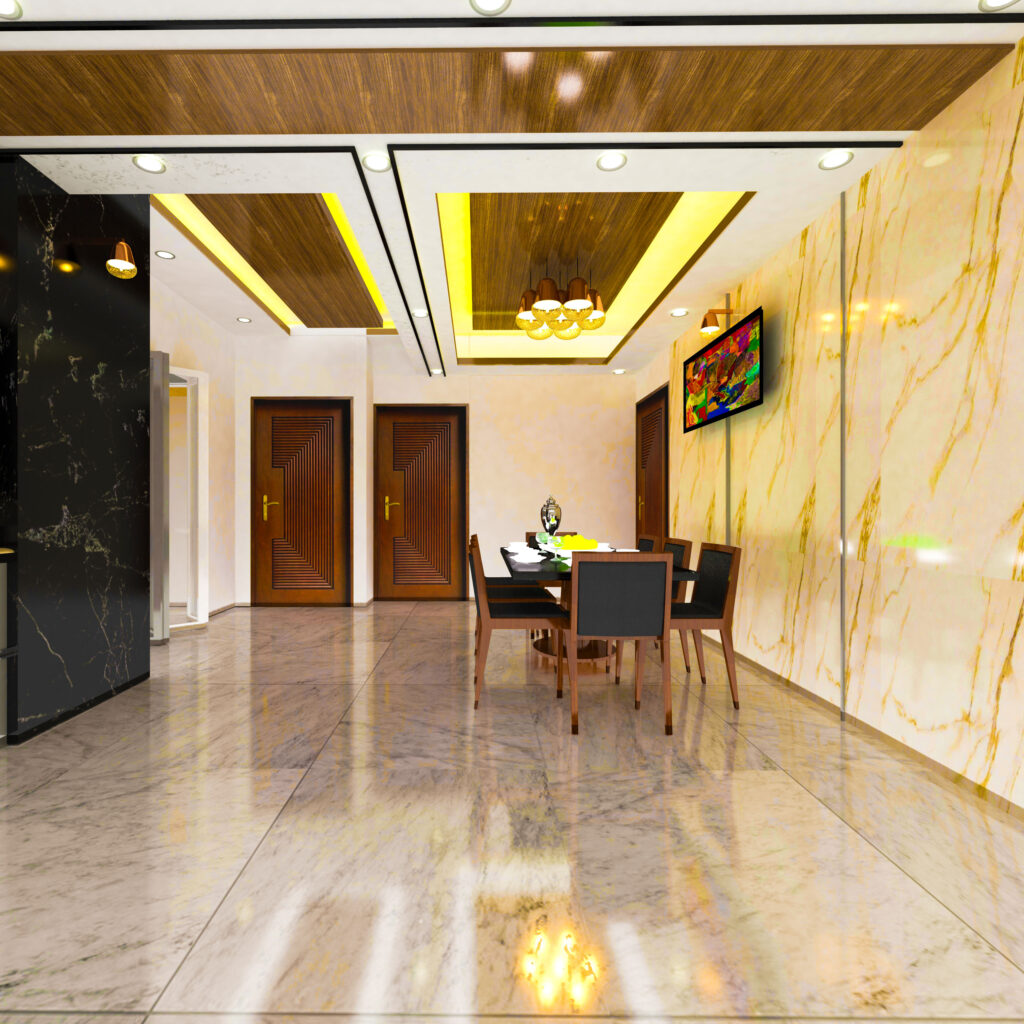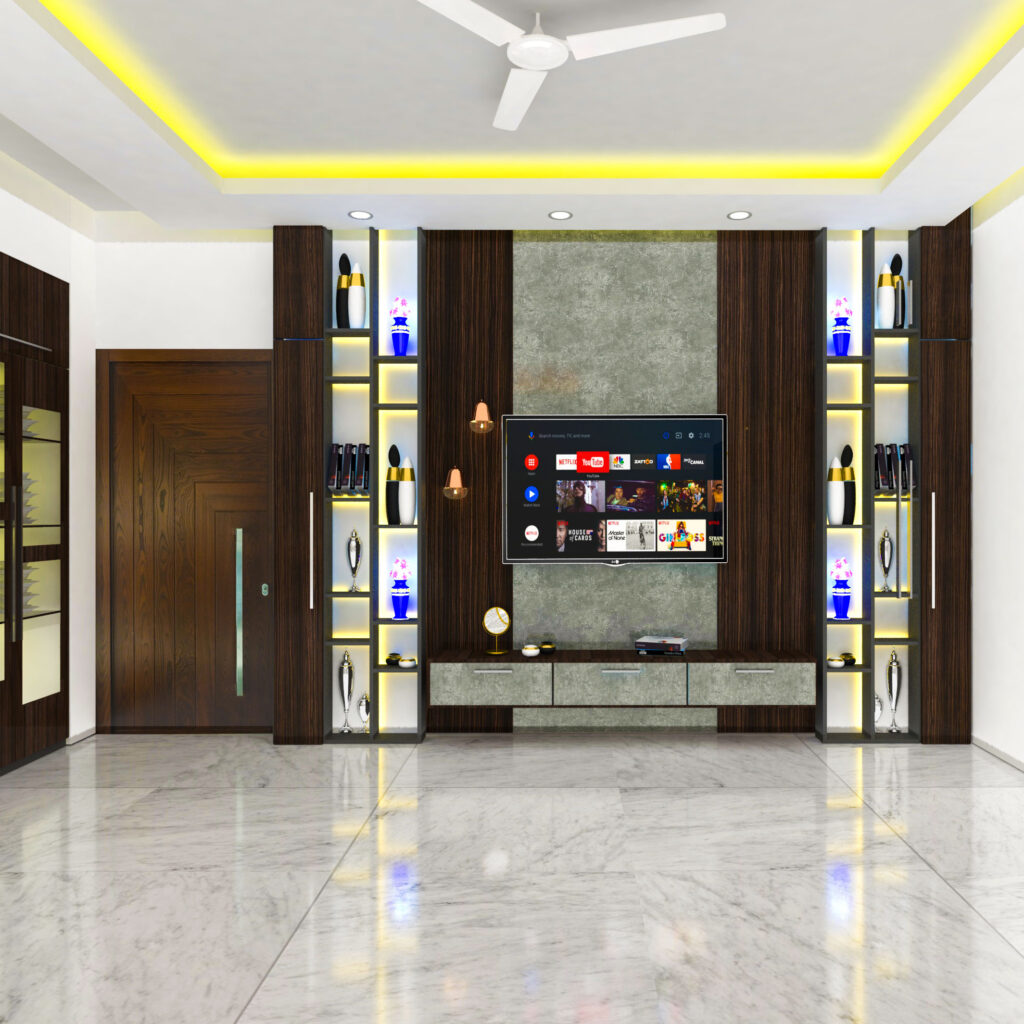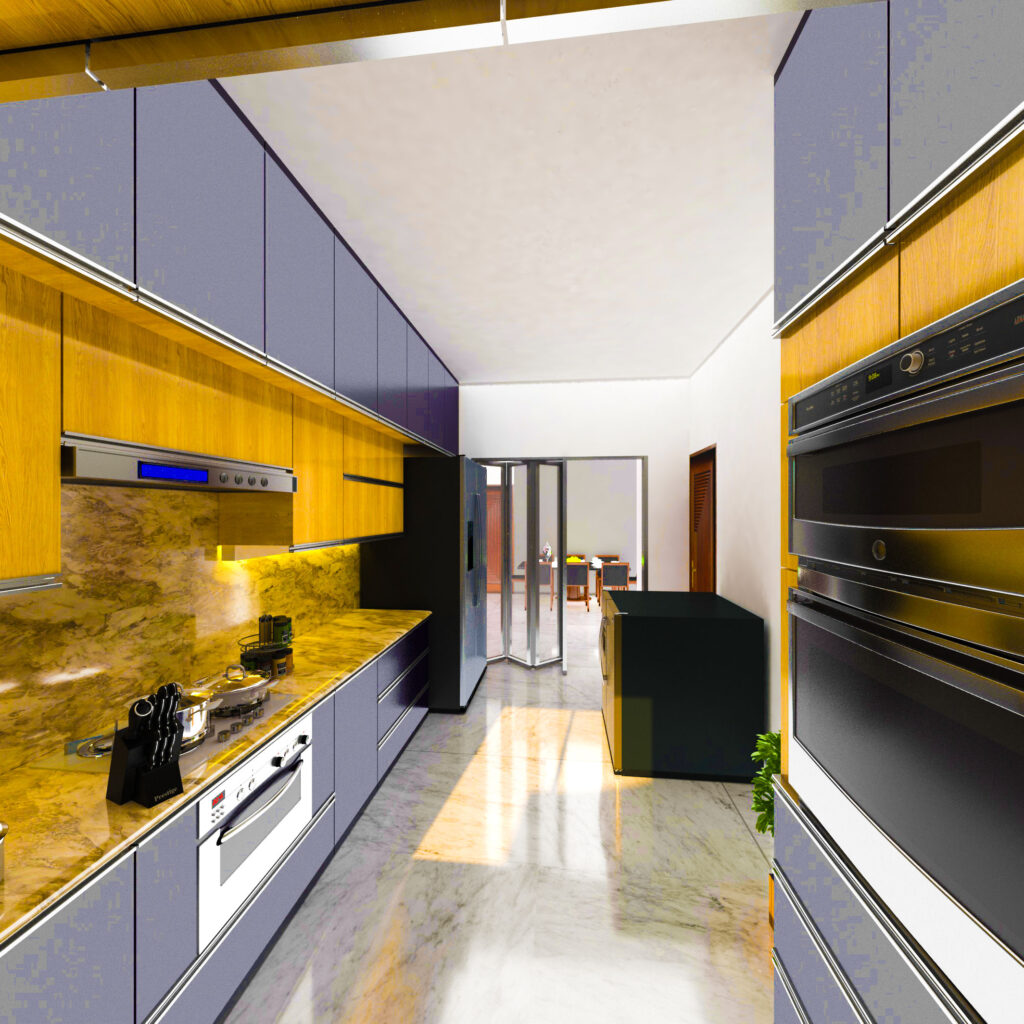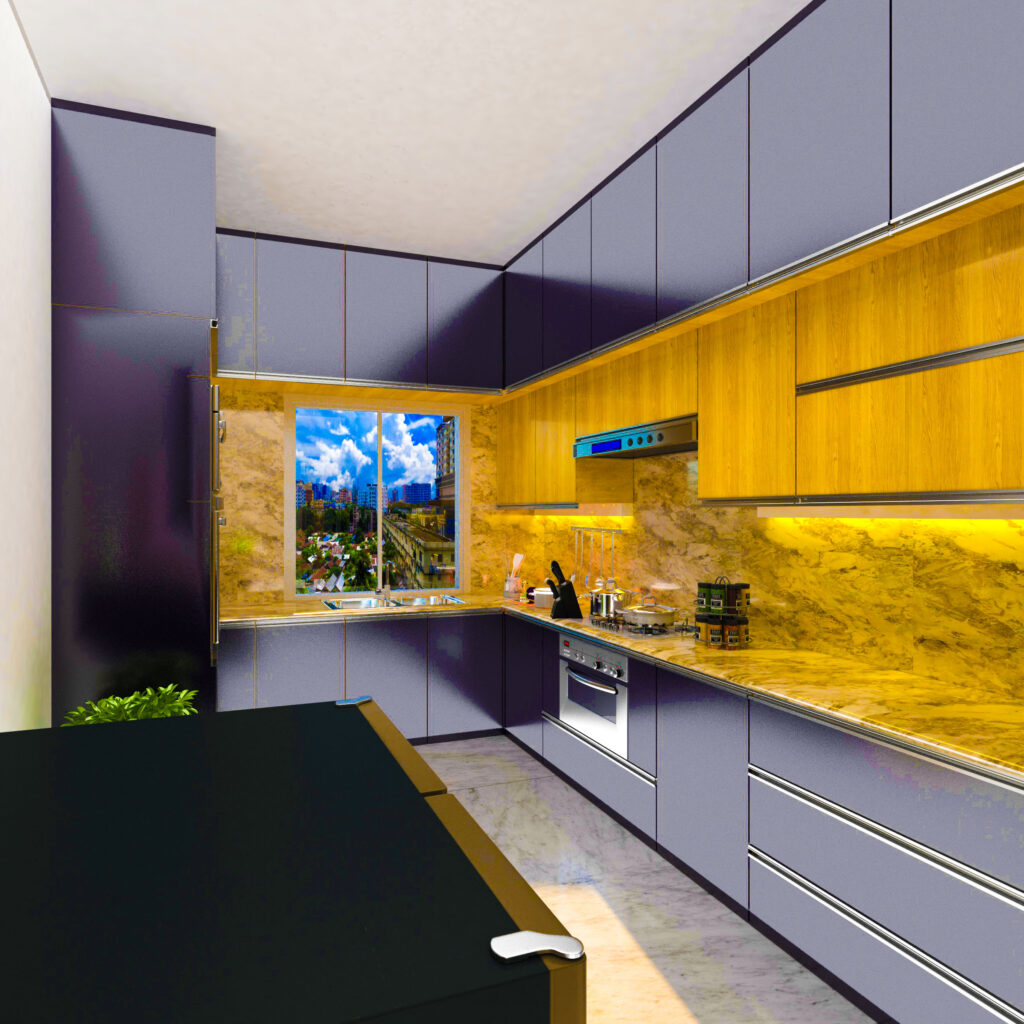DESIGN & PLANNING
ARCHITECTURAL DESIGN
Architectural design encompasses the creative process of planning, designing, and creating buildings and structures. It involves a variety of elements, including spatial organization, aesthetics, functionality, sustainability, and safety. Architects consider factors like site conditions, user needs, cultural context, and building codes to develop designs that address both practical and artistic aspects. The architectural design process typically includes conceptualization, schematic design, design development, construction documentation, and sometimes even project management. The ultimate goal is to produce innovative and visually appealing designs that fulfill the intended purpose and enhance the built environment.


STRUCTURAL DESIGN
Structural design involves creating the framework and support systems that ensure the stability, safety, and integrity of a building or structure. It includes determining the appropriate materials, dimensions, and configurations to withstand various loads and forces such as gravity, wind, and seismic activity. In smaller projects, structural design focuses on creating efficient and cost-effective solutions while adhering to building codes and regulations. This process requires collaboration between architects and engineers to integrate structural elements seamlessly into the overall design, ensuring that the structure is both functional and aesthetically pleasing.
ELECTRICAL DESIGN
Electrical design pertains to the planning and arrangement of electrical systems within buildings or structures. It involves the layout of wiring, lighting, power distribution, communication systems, and other electrical components. The design process considers factors like load calculations, energy efficiency, safety regulations, and the specific needs of the space and its occupants. Electrical designers work to create effective and reliable systems that meet the electrical demands of the facility while maintaining compliance with codes and standards. Collaboration with architects, engineers, and other professionals ensures that the electrical design is integrated seamlessly into the overall construction and functionality of the building.


PLUMBING DESIGN
Plumbing design involves creating the layout and system for delivering water supply and removing wastewater from buildings or structures. In smaller projects, plumbing design focuses on efficient and effective solutions for water distribution, drainage, sewage disposal, and other plumbing needs. This includes determining the appropriate pipe sizes, fixture placements, and venting systems to ensure proper functioning and compliance with plumbing codes. Collaboration with other design disciplines ensures that the plumbing system is seamlessly integrated into the overall construction and functionality of the space, providing occupants with safe and reliable water and sanitation services.
FIRE PROTECTION DESIGN
Fire protection design encompasses the planning and implementation of systems and measures that help prevent, detect, control, and mitigate the impact of fires within buildings or structures. This design aims to enhance the safety of occupants and protect property. It involves the layout of fire alarms, sprinkler systems, fire-resistant materials, smoke control systems, and evacuation plans. Fire protection designers consider building codes, regulations, and fire safety standards to create effective and comprehensive fire protection strategies. Collaboration with other design and engineering disciplines ensures that fire protection measures are seamlessly integrated into the overall construction and operation of the space, minimizing the risk of fire-related hazards.

